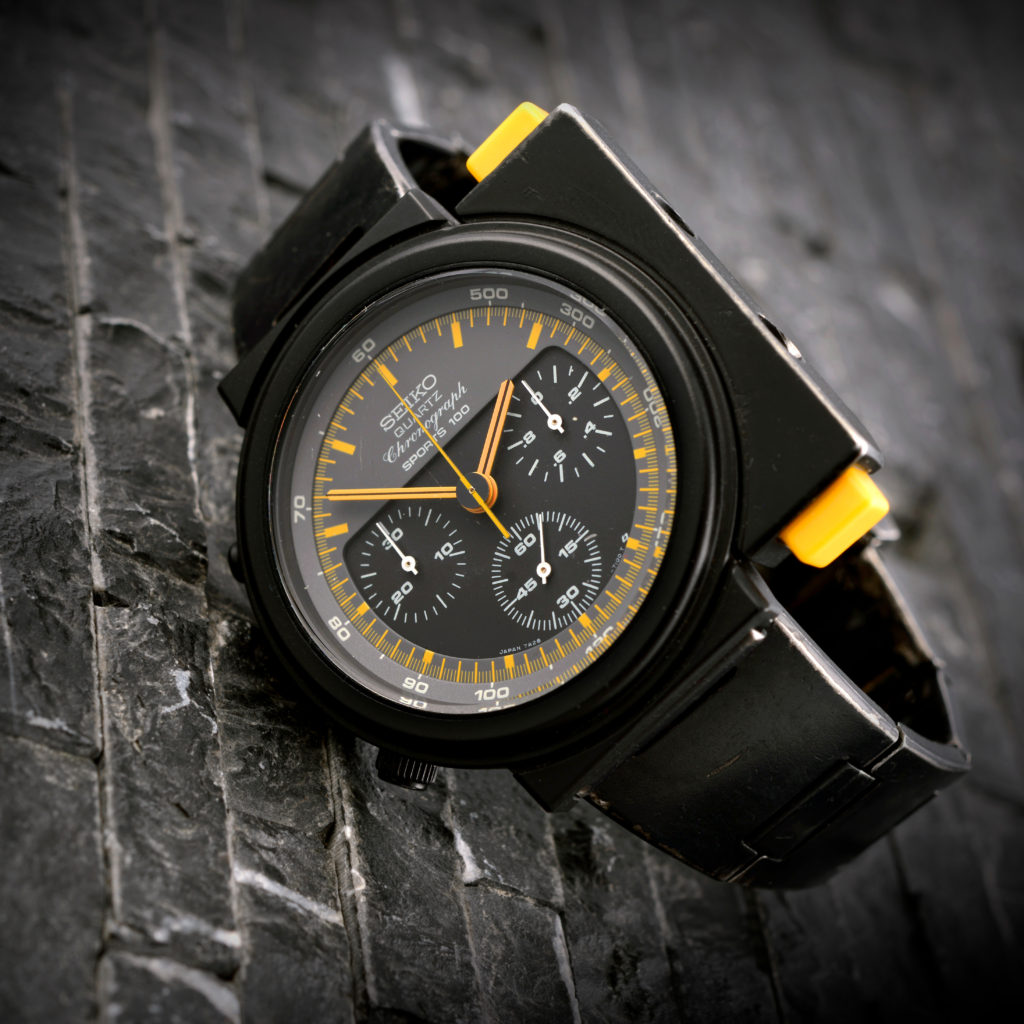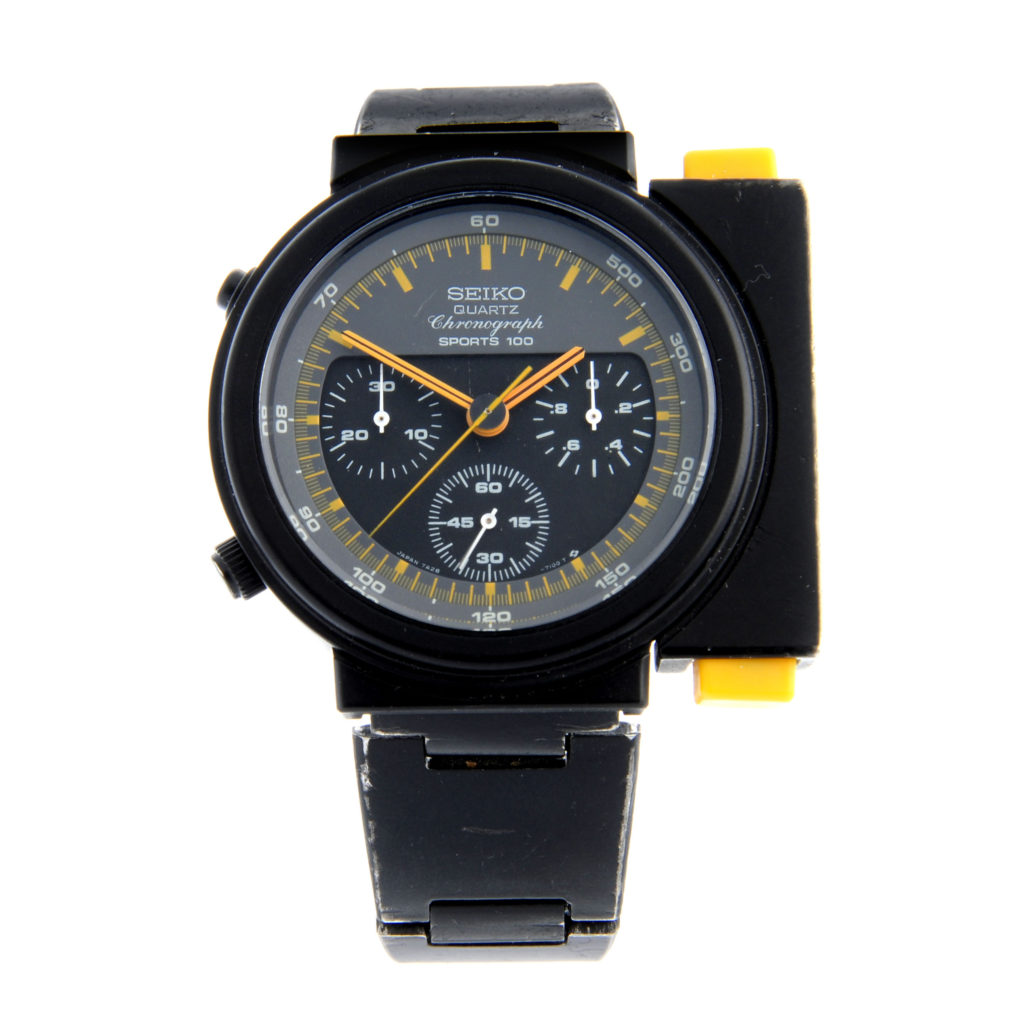
Amongst all of the iconic variations that Seiko has created since the early 20th Century; one separates itself from the 'Arnie', 'Turtles' and 'Pomex' designs. However, it retains the Seiko aesthetic. It is the 7A28-7009 - also known as the 'Ripley'.
Before we get into how this watch became the commodity it is, let’s talk about how the design came to be.
The History of Seiko Design
Seiko’s story began in 1881 when Kintaro Hattori began selling and repairing clocks in central Tokyo. Eleven years on the first ‘Seikosha’ factory opened up. Now 130 years later there have been many collectible pieces released by them as a company. Also, many collaborations with designers. One collaboration in the early 1980’s was with Giorgetto Guigario.
Giorgetto Guigario, an award-winning designer was approached. He was known for creating cars such as the Alfa-Romeo 105/115 Series and Lotus Espirit S1. There was an assurance that his design process would splice and incorporate his early arched, curving shapes and nuanced angular style. This style would later influence his other celebrity-status work - the DeLorean. This style being at the height of fashion throughout the 1980s's was sure to catch eyes (or grab faces). And, maybe, contribute to exterminating the odd Xenomorph here and there.
Other watches that were fashionable in the 1980s were the Omega Constellation Manhattan, the Citizen Aqualand and Casio Calculator watch. If you see all of these designs, you wouldn’t be wrong for thinking that the 7A28-7009 incorporated practicality, sleek aesthetic and bold designs all into one configuration.
The Futuristic Style of Ripley
Guigario brought his retro-futuristic approach to Seiko, pairing up to release the 7A28-7000 and more importantly the 7A28-7009. Giorgario knew there was to be a mechanical disposition to this collection. So naturally, the four-part release was named 'Speed Master' - but it all began with the 'Ripley'.

Aptly named after Sigorney Weavers character in the James Cameron's sequel, Aliens. It shows off a boxy aesthetic with chronograph pushers sitting atop and beneath the remarkable, rectangular segment that protrudes from the right side of the case. Its unusual design quickly became one of Guigario's most recognizable watch creations. Once attained, it would surely become the protagonist of anyone’s collection.
The Ripley features bright yellow pushers and hour markers within the matte black case of the 7A28-7009 at 42mm and 7A28 quartz movement, one of the earliest quartz analogue chronograph movements created, which are particularly hard to find if a replacement was ever needed.
The 7A28A movement was introduced with the Sports 100 line of chronograph watches in the early 1980’s. It was created with a certain reliability that lasted much longer than other movements of its time. Also, it was composed of all metal with no plastic parts. It can be regulated through its rotary step switch which adjusts accuracy. This particular movement differs from the usual chronographs by also having three pushers, the stopwatch start/stop button at 2:00, the reset button at 4:00 and the third pusher at 10:00 is a split button, which functions to stop the upper of two hands and keeping the bottom one continuing.
'Ripley' at Auction
One very strange aspect of lot 217 in our Luxury Watch Sale taking place on 14th September, is that it is in fact stamped ‘SAMPLE’ on the case back. Sample watches are identical to usual models however usually are non-functioning, sometimes with no movement at all and are given to salesmen.
Lot 217 has been priced at £1000 – 1500 due to the rarity of the watch and the fact that it is a sample watch, making it one of the more exceptional Seiko’s to come by and highly desirable.













